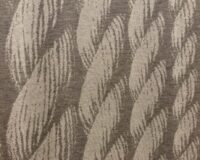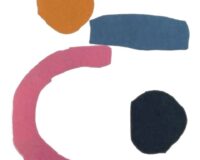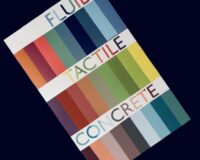Knock-knock… is there something magical about creative work?! Of course there is! Let’s say that creativity is inherent in human beings: to survive and live in good company, to be experienced by taking action, in our needs and desires, considering and involving others.
A ‘serious’ description is that of Poincaré who defines creativity as the ability to combine pre-existing elements into new combinations that are useful. To recognise the usefulness of the new combination is “that there be beauty” not in a strictly aesthetic sense, but of something to do with elegance as mathematicians understand it: harmony, economy of signs, functional correspondence to purpose. The ‘usefulness’ of the new combination is not the same as the ‘usefulness’ of the new combination.
For me the step is short to also disturb the ‘taste‘ (but not as a sense) and I take inspiration from the article reported by Frizzifrizzi of Elizabeth Goodspeed:
The issue of taste in the design world, both for its lack and its necessity, is what allows designers to navigate the vast sea of possibilities offered by technology and global connectivity and to select and combine these elements in ways that ideally, result in interesting and unique work, with model-based tools, AI (which does not generate taste) and more accessible technical skills…I have chosen to translate some pieces of the article, which I agree with:
”In design, good taste can be knowing which old typeface to bring back, which photographer to work with or when to stop using a certain popular colour. Knowing when to lean into or away from a trend or a particularly suitable detail, considering that mass adoption of an aesthetic tends to result in loss of value. When taste is implemented effectively, it works as a good brand…
Good taste may seem to emerge naturally, either as a product of cultured education or innate freshness. In practice, it is rarely present by chance. It requires work. Although it is often expressed through a single output (interior design or illustration) it is usually shaped by exposure to a variety of different inputs. A common theme heard among iconic and tasteful creatives is how often they look outside their own field for inspiration…the rise of inspiration-sharing platforms may make us more focused on advertising our taste rather than nurturing it.
Tyler Bainbridge, stated that ‘everyone wants to feel that their taste is important’. But if everyone is a tastemaker, is anyone? Or have we simply manifested a cult of care in which the appearance of having good taste is an end in itself? The fear of developing a ‘bad’ taste or one that diverges from the mainstream can paralyse creative people by stifling their creative growth…
Perhaps the development of taste is not so different from going to therapy; it is an inefficient and time-consuming process that mainly involves looking inwards and identifying what already moves you. It is the product of devouring ideas, images and pieces of culture not because someone you respect likes them, but because you simply cannot look away;
Developing it is an exercise in vulnerability: it requires you to trust your instincts and preferences, even when they do not align with current trends or that of your peers. For while having taste is beautiful and reflects a certain kind of uncool seriousness: a commitment to your own obsessions and quirks. Find your taste; everyone else will eventually catch up, maybe not AI.”






